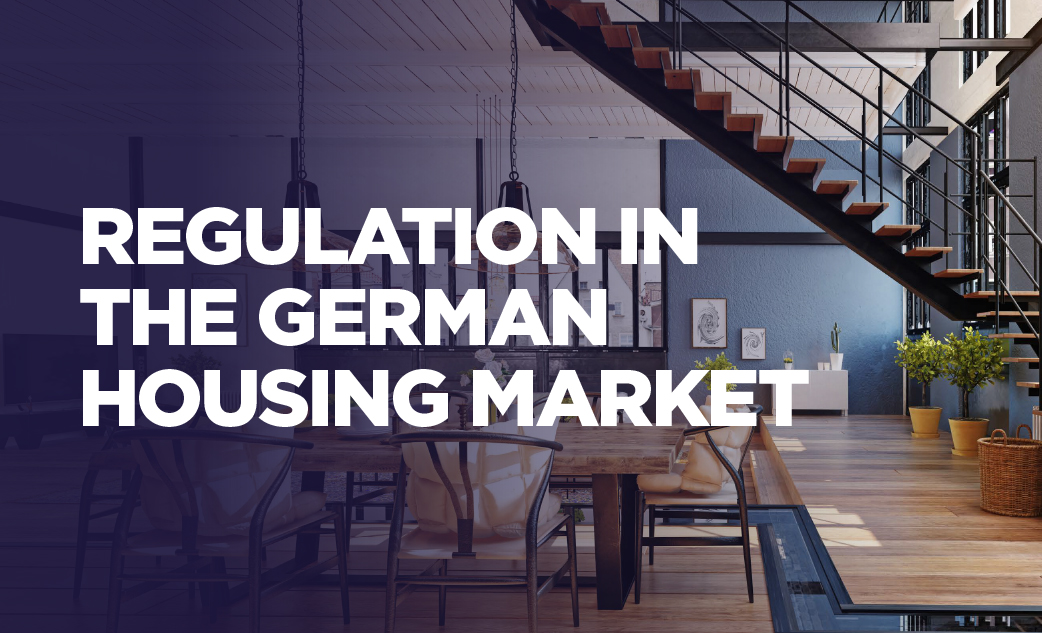For H1 2023, the international real estate consultancy Cushman & Wakefield (C&W) registered commercial real estate transactions with a volume of EUR 2.12 billion in Berlin. This is 44 percent less than in H1 2022 and 48 percent less than the H1 5-year average. At EUR 955 million, the transaction volume in Q2 was 18 percent lower than in Q1.
SIGNA sale dominates events in Berlin investment market
With around one third of the transaction volume each, mixed-use real estate and retail real estate were the segments with the highest transaction volume in H1, at EUR 820 million and EUR 780 million respectively. Two SIGNA transactions dominated events: the partial sales of KaDeWe in Q1 and the Mynd development project, including the Galeria Weltstadthaus premium department store, in the 2nd quarter.
Office transactions are characterised by a high degree of individuality in the terms of sale (for example, in the case of the BEAM property). Accordingly, the key figures derived from these only serve as a market-typical reference to a limited extent.
The effects of the difficult financing environment are clearly reflected in the decline in real estate transaction volumes. In H1, EUR 184 million was invested in land transactions, which is almost half the level of H1 2022 and resulted from only a few transactions.
Logistics and industrial properties generated a transaction volume of EUR 105 million. This corresponds to 5 percent of the total commercial real estate total. Hotel transaction volume was EUR 50 million in H1.
Rise in prime yields for office properties slows
Since the beginning of the rise in interest rates, prime yields for office properties have risen sharply. There was a further increase again in Q2, but this was slightly lower than in previous quarters. The prime yield is 3.95 percent. Over the past twelve months, the increase has totalled 110 basis points.
The spread with the 10-year German government bond remains at a historically low level of around 152 basis points, so that a further increase in the prime yield is expected.
Prime yields for both logistics properties and commercial buildings in 1A locations remained at the same level as in Q1. For logistics properties, they remained unchanged at 4.15 percent, and for high street commercial buildings in 1A locations at 3.80 percent. Over a 12-month period, yields here have risen by 105 and 50 basis points respectively.
Clemens von Arnim, Head of Capital Markets Berlin at Cushman & Wakefield, comments: "The few large transactions which have taken place in the Berlin real estate investment market obscure the fact that transaction activity has still not returned to normal. The high level of interest rates has lasted longer than expected at the beginning of the year, which is why the upward pressure on office yields is not yet abating. We expect prime yields to rise well above 4 percent by the end of the year. More clarity about future interest rate policy will then lead to higher market activity."
Core real estate on top
The distribution of the transaction volume among the risk classes is significantly influenced by the SIGNA transactions, which is why core real estate accounts for by far the highest share at 74 percent. This is followed by the value-add segments with 12 percent and opportunistic and core+ with 6 percent each. The most important types of investors were investment and asset managers, who accounted for 47 percent of transaction volume. Banks and financial institutions accounted for 26 percent, followed by corporate bodies with 11 percent. Property developers accounted for 8 percent of the volume.







